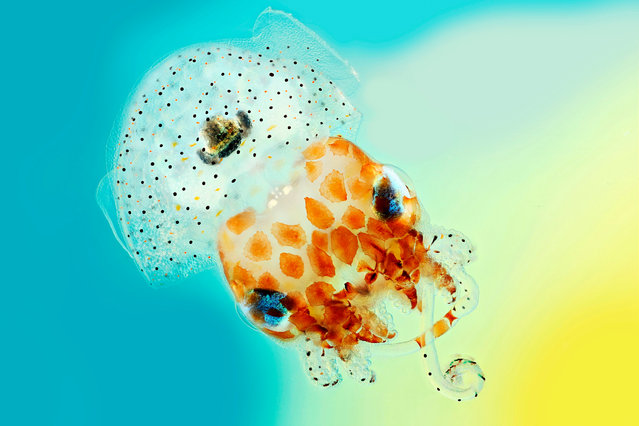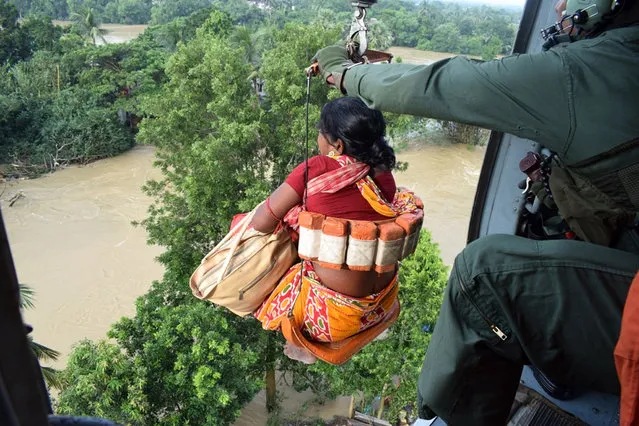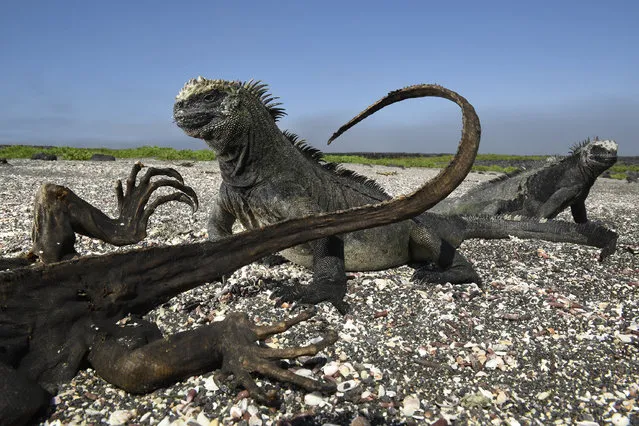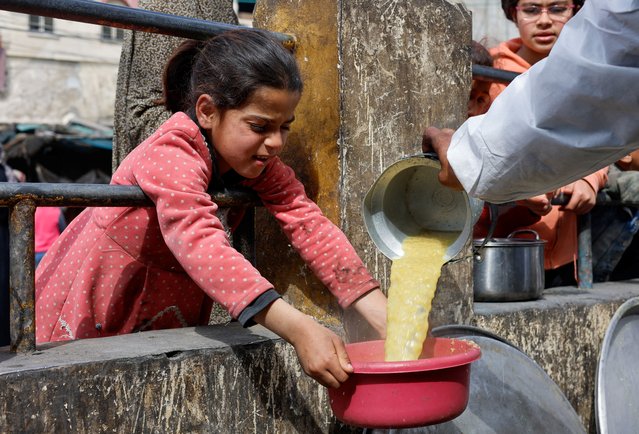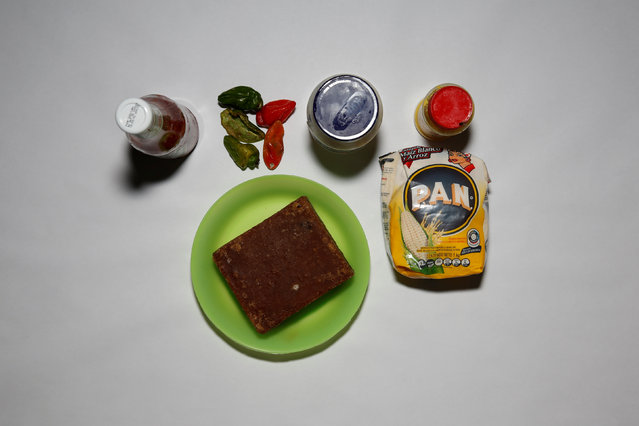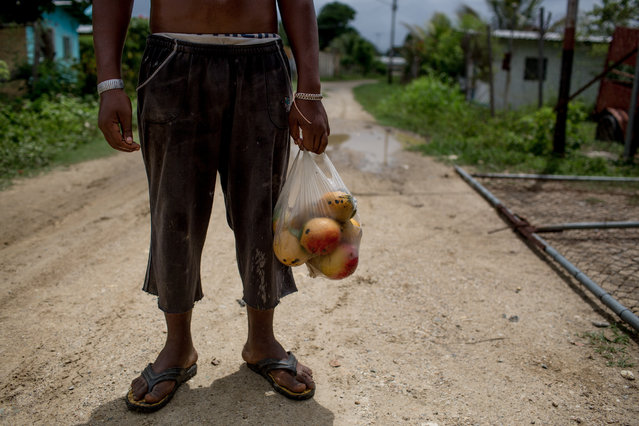
Many parents know the stubborn reluctance of children to start breakfast, and adults themselves sometimes miss the morning meal. But the situation would look very different if they had the opportunity every day to enjoy the mouth-watering pictures on the plates, which are of conventional products creates by Ida Skivenes.
See Also: Food Artist Hong Yi
29 Apr 2013 10:02:00,post received
0 comments

